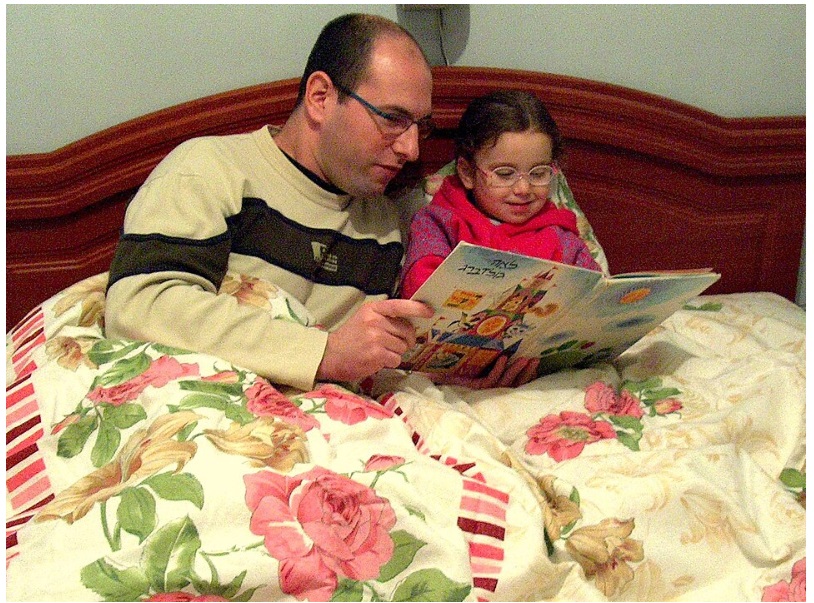
Introduction
Bedtime reading is often thought of as a relaxing way to wind down after a busy day. For many, it conjures images of novels, poetry, or personal journals. But for physics students, it can be much more than a nightly habit — it can be a hidden weapon for mastering difficult concepts, broadening understanding, and keeping motivation high. By carefully choosing what to read before sleeping, physics learners can reinforce their classroom knowledge, absorb complex ideas more naturally, and even spark creativity for problem-solving.
This practice isn’t just about cramming extra study time. It’s about leveraging how the brain processes information during rest. Neuroscience research shows that the brain consolidates new information during sleep. Reading something thought-provoking or conceptually rich right before bed can help strengthen memory connections, especially in technical subjects like physics.
Why Bedtime Reading Works for Physics Learning
1. Sleep Enhances Memory Consolidation
When you read before bed, the information is fresh in your short-term memory. During sleep, your brain’s hippocampus replays and integrates these memories, transferring them to long-term storage. This means that reading a summary of Newton’s laws or a brief chapter on thermodynamics right before sleeping could help you recall it more easily the next day.
2. Low-Pressure Learning
Unlike scheduled study sessions, bedtime reading doesn’t come with the stress of note-taking, deadlines, or assessments. Without performance anxiety, the brain is more open to absorbing new ideas. This makes it the perfect time to explore physics concepts in a gentler, narrative-based format.
3. Building Contextual Understanding
Physics isn’t just equations — it’s the story of how the universe works. Bedtime reading can focus on historical anecdotes, real-world applications, or thought experiments, helping students form a mental map of how concepts interconnect.
4. Creativity and Problem-Solving Boost
The relaxed state before sleep can inspire novel ways to think about a problem. Reading about famous scientific puzzles or imaginative physics scenarios before bed may lead to those “Eureka!” moments upon waking.
Best Types of Bedtime Reading for Physics Students
1. Popular Science Books
These books are written for a general audience but still carry deep physics insights. They often use storytelling to make complex concepts more digestible.
- A Brief History of Time – Stephen Hawking
- Seven Brief Lessons on Physics – Carlo Rovelli
- The Elegant Universe – Brian Greene
Why useful at bedtime: They foster curiosity and big-picture thinking without overwhelming with formulas.
2. Short Physics Essays or Articles
- Scientific American – Physics section
- Physics Today
- Essays from Richard Feynman (The Pleasure of Finding Things Out)
Why useful: These provide digestible chunks that introduce new perspectives or revisit familiar topics from fresh angles.
3. Biographies of Physicists
- Surely You’re Joking, Mr. Feynman! – Richard Feynman
- Subtle is the Lord… – Abraham Pais
Why useful: They motivate and connect physics to real human experiences.
4. Illustrated Physics Guides
- The Manga Guide to Physics – Hideo Nitta & Keita Takatsu
- Cartoon Guide to Physics – Larry Gonick & Art Huffman
Why useful: They break down concepts using humor, diagrams, and simple narratives, making them memorable.
5. Physics-Themed Fiction
- Flatland – Edwin Abbott
- Contact – Carl Sagan
- The Three-Body Problem – Cixin Liu
Why useful: Engages imagination, which is a powerful tool for problem-solving.
6. Problem-Solving Books (Light Dose)
- Thinking Physics – Lewis Carroll Epstein
- The Flying Circus of Physics – Jearl Walker
Why useful: Encourages active thinking without high-pressure testing.
How to Make Bedtime Reading Work for Physics
- Keep it short: 15–30 minutes is enough.
- Use the “Review and Relate” method to connect new ideas with what you already know.
- Alternate between inspiration and instruction.
- Avoid digital distractions; use blue-light filters on e-readers.
- Keep a bedside journal for reflections or questions.
Sample Bedtime Reading Plan for Physics Students
Week 1 – Big Picture Inspiration
- Mon/Tue: Seven Brief Lessons on Physics
- Wed: Feynman essay
- Thu: Scientific American article
- Fri: Illustrated physics book chapter
- Sat: Physics-themed novel excerpt
- Sun: Reflective journaling
Week 2 – Concept Deep Dive
- Mon/Tue: A Brief History of Time
- Wed: Problem-solving from Thinking Physics
- Thu: Biography excerpt
- Fri: Short essay or article
- Sat: Illustrated physics concept
- Sun: Review week’s takeaways
Week 3 – Mixing Real and Imagined Worlds
- Mon/Tue: Physics-themed fiction
- Wed: The Flying Circus of Physics problem
- Thu: Inspirational essay
- Fri: Biography passage
- Sat: Short science article
- Sun: Reflection
Week 4 – Review and Expand
- Mon/Tue: Revisit earlier inspiring chapters
- Wed: Apply concepts in thought experiments
- Thu: Watch a short science talk before reading
- Fri: Illustrated concept refresh
- Sat: Fiction with physics undertones
- Sun: Journal reflections
Extra Tips for Physics Bedtime Reading Success
- Match the mood: Choose light reads when tired, challenging reads when alert.
- Link to your syllabus for better reinforcement.
- Read aloud occasionally to internalize complex passages.
- Mix formats — physical books, e-readers, audiobooks.
- Build a wind-down ritual to pair reading with relaxation.
Conclusion
Bedtime reading is more than a pleasant way to end the day — it’s a strategic tool for physics students. By choosing materials that blend narrative, inspiration, and gentle conceptual reinforcement, learners can harness the power of nighttime memory consolidation. Over time, this habit can make physics feel less like a set of disconnected equations and more like a coherent, fascinating story about the universe.
Whether it’s Hawking explaining black holes, Feynman sharing a lab prank, or an illustrated guide showing how a rocket works, bedtime reading nurtures curiosity while the body rests. The next morning, students often find ideas clicking into place more smoothly, making this one of the simplest, most enjoyable ways to grow as a physics learner.
You can learn these concepts and more at Dr Hock's maths and physics tuition.